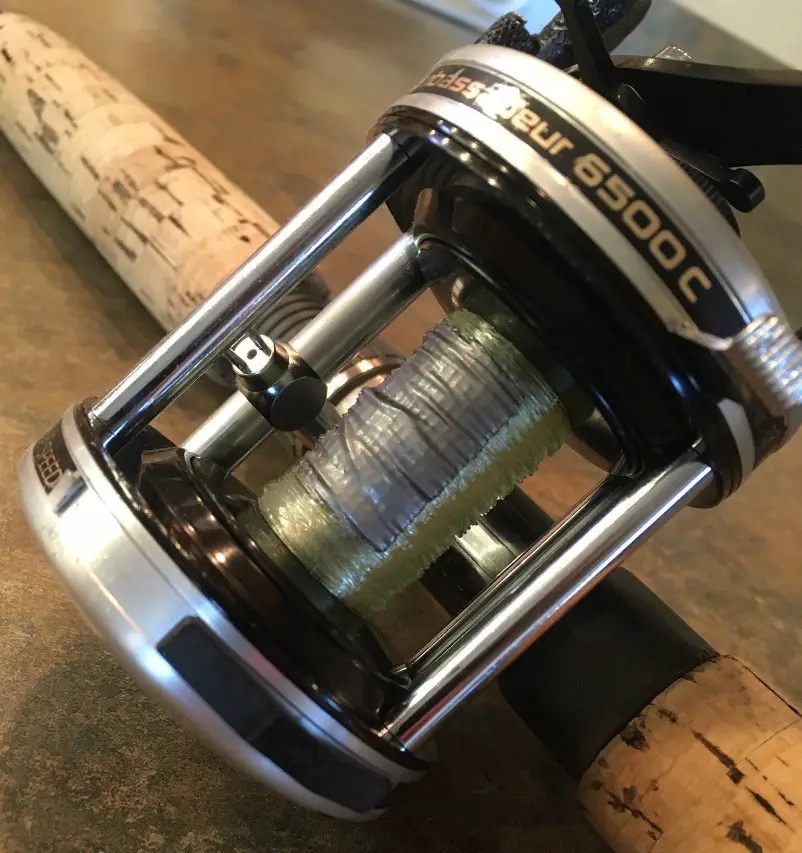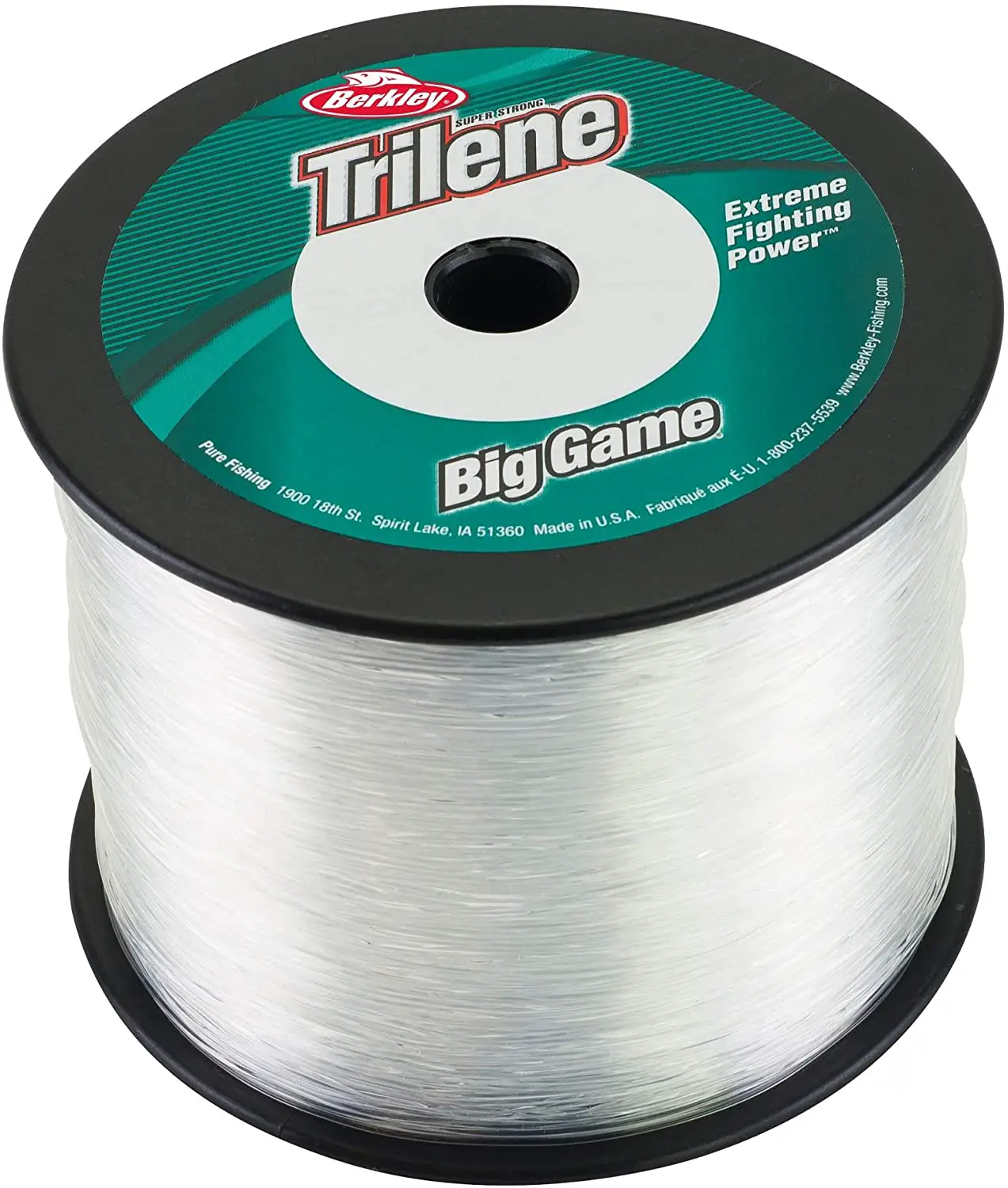You should always use around 30 yards of 10 lb monofilament fishing line as a backing for braid line to protect your spool and prevent the line from slipping. You need to provide several full rotations to cover the spool completely. You may need to adjust the amount of backing to cover the spool depending on the reel’s size completely.
Spend any time on forums for anglers, and you’ll notice people talking about how much mono backing to use for braided line. Mono refers to monofilament line, one of the three main types of fishing line, along with braid and fluorocarbon. You might be wondering what’s the point of mono backing. Isn’t just one type of fishing line enough when you’re trying to reel it in?
Mono backing is crucial when using braided line because it helps improve your performance. Monofilament is much better at gripping the spool, making your set-up more secure and getting the most out of your braided line.
Here is your guide to the ins and outs of this technique and how mono backing can make your set-up more secure.
Table of Contents
Why Do You Need Mono Backing When Using Braid Fishing Line?
Before getting into the specifics of how to create your mono backing setup, let’s discuss why it is important.
Braid line and monofilament differ in a few important ways. Braid line is a lot stronger but doesn’t stretch as well and is less resistant to abrasion. That means it has more trouble sticking to the center of the spool and spinning when you manage to catch a fish.
Mono backing makes it a lot easier to get your line to actually stick to your reel—and get a fish to actually stick to your line. With braid line, you risk your line free-spinning and losing control of the setup. You don’t want to lose a potentially valuable catch because you weren’t in control of your line, which is why monofilament backing can help.
Mono backing will also save you money. Braid line is very expensive. Mono backing means that you mix two different types of line to get the right length for catching fish without spending all your money on hundreds of yards of braid line.
What Size Mono Should You Use as Backing?
When you’re using monofilament line as backing, use the lighter sizes, so 8–10 lb is great.
Most of the strength in your setup will come from the much stronger braid line anyway, so you don’t have to worry about losing out on a heavy fish because you used a mono backing that is too weak.
Thin mono works better as the backing because it makes spooling the braid line easier. Thick mono backing will get tangled with the braid line and create knots that make it harder to unspool your line. When you set up your braid and backing, you want the line to lie flat, which won’t happen if your monofilament is too thick.

How Much Mono Backing Should You Use?
You want to strike the right ratio between monofilament and braid when you are putting together your setup. Expert anglers recommend a quick method that works better than measuring out hundreds of yards of line, then spooling it back in.
The method goes as follows:
- Grab a spare reel.
- Fill up the spool with about 3/4 of braid fishing line but don’t attach it.
- Add enough mono backing until you fill-up the spool.
- Transfer the set-up to another reel. Since you’ll be working backwards, unspooling the first reel, the monofilament will automatically be the first on the new spool!
If you don’t have a spare rod, look at the spool capacity from the manufacturer’s instructions.
It will take a few tries before you figure out the mono-braid combo that works best for your set-up, but hopefully, these guidelines can give you an idea as you are starting out.
How Do You Know If Your Reel Needs Mono Backing?
Deciding if you need mono backing doesn’t depend on the reel but on the type of line you are using. Fluorocarbon and monofilament lines can be spooled right onto your reel. Braid, on the other hand, always needs mono backing if you want a secure set-up.
Some reels claim to be designed for braid line. However, even for those reels, braid will sit on the reel imperfectly. For all reels, especially spinning reels, use mono backing if you are casting a braid line, and ignore the manufacturer’s instructions.

Final Thoughts
When you’re using a braid line, don’t spool it directly onto your reel. Instead, add a mono backing first. Adding monofilament makes it easier for your line to grip the spool, preventing free-spinning and potentially losing a fish. It also adds length while saving you money because monofilament is much more affordable than braid.
Always use thinner monofilament to prevent tangling.

